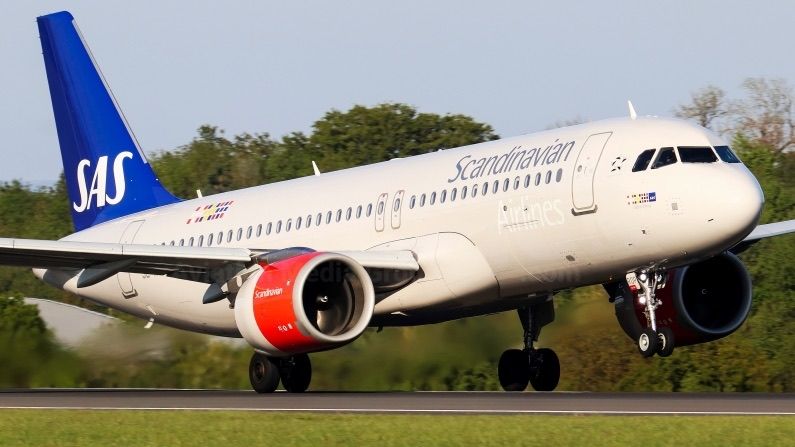
Did you know, in 2017 the Norwegian government gave Scandinavian Airlines (SAS) 12 months to fix accessibility bugs on their website.
Instead of building their main website so that it was accessible inline with WCAG, SAS made a separate website after advice from a third-party company. They created a separate “assistive” experience for people with disabilities.
Creating a separate experience for people with disabilities might seem like a good idea, it’s not. A separate experience is continued discrimination not equality.
Meanwhile in the United States, the Department of Transport (DOT), also found that SAS’s website had accessibility bugs and ordered them to fix them. Airlines operating in the U.S. have to make their main website accessible to people with disabilities, as per the Air Carrier Access Act (ACAA).
Why did SAS create a different experience?
They were sold the wrong solution by a third party. They were told this new, different, website would fix all of their accessibility issues and legally protect them - it didn’t.
Separate assistive websites have more issues
- They often don’t have all the same information as the main site.
- They can be hard to keep up to date, maintaining two codebases.
- They might not have all the features of the main site.
What happened next?
SAS were told by the Norwegian government they would be charged €15,000 per day should they not fix the issues. In under 10 days they resolved many of the issues.
However in the US, DOT fined SAS $100,000. They then had 12 months to fix their website otherwise they would face another £100,000 fine. SAS also had to stop using this different website, they had to make their main website accessible.
They were told user journeys have to be able to be used by all people, including:
- Booking or changing reservation (including all flight amenities)
- Checking in for a flight,
- Accessing a personal itinerary
- Accessing a personal frequent flyer account,
- Accessing flight schedules, and
- Accessing carrier contact information.
Companies should focus on making their main site accessible to everyone.
A competitor Norwegian Airlines didn’t face such issues. If SAS simply made their website accessible from the start they wouldn’t have faced legal action in two different markets.
Read more about this case and why separate but equal is never OK by Sheri Byrne-Haber
The European Accessibility Act
The European Accessibility Act (EAA), which will come into force in 2025 is a law designed to create equal access for Europeans with disabilities by requiring a mix of products and services to be accessible. This will impact private companies should they wish to operate in the EU.